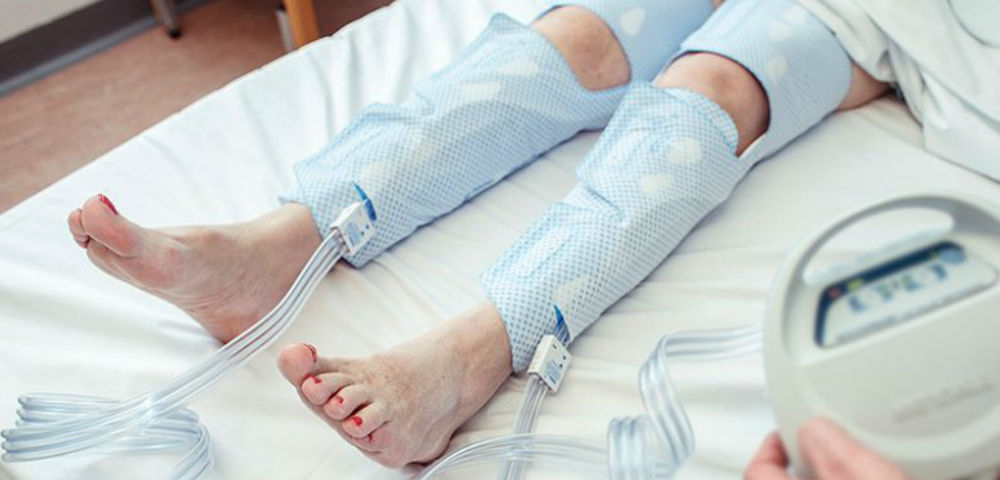The Compression Therapy Market Size was valued at USD 3.1 billion in 2022 and is projected to grow from USD 3.7 Billion in 2023 to USD 5.2 billion by 2032, exhibiting a compound annual growth rate (CAGR) of 5.4% during the forecast period (2023 - 2032).
The Compression Therapy Market is witnessing robust growth driven by increasing incidences of venous disorders, lymphedema, and deep vein thrombosis (DVT). With rising aging populations globally and lifestyle changes, demand for compression therapy products continues to surge. Technological advancements in compression garment designs, coupled with innovative materials, enhance patient comfort and compliance. The market is also benefiting from growing awareness regarding the effectiveness of compression therapy in managing various medical conditions. Key players are investing in R&D to develop advanced compression systems. However, cost constraints and limited reimbursement policies in certain regions could challenge market expansion. Overall, the Compression Therapy Market exhibits promising growth prospects.
The Market is also on growth because of the increasing awareness about the benefits of pneumatic compression therapy, cold compression, and NormaTec compression systems. Pneumatic Compression Therapy utilizes air pressure to massage limbs, improving circulation and reducing swelling, making it effective for treating lymphedema, deep vein thrombosis, and other circulatory disorders. Cold compression therapy, on the other hand, combines cold therapy with compression to reduce pain and inflammation post-injury or surgery. NormaTec compression systems employ dynamic compression technology to enhance blood flow and speed up recovery in athletes and individuals with chronic circulation issues.
The demand for compression therapy devices is on the rise, fueled by a growing aging population, increasing sports injuries, and rising incidences of chronic diseases. Moreover, advancements in technology have led to the development of portable and user-friendly compression devices, further driving market expansion.
The global compression therapy market is experiencing a paradigm shift towards personalized and home-based treatments, offering convenience and cost-effectiveness. As more individuals seek non-invasive and drug-free alternatives for managing various health conditions, the adoption of compression therapy devices continues to soar.
Key Players
The Compression Therapy Companies are Medtronic PLC, Cardinal Health, Inc., BSN Medical, Medi GmbH & Co. Kg, Paul Hartmann AG, Sigvaris, Sanyleg S.R.L., 3M, Bio Compression Systems, Inc., Smith & Nephew PLC., Tactile Medical, Convatec Inc., Getinge AB, Juzo, DJO Global Inc., and others.
Market Segmentation
The segment evaluation of the market compression are product, technique, and application.
The compression therapy-based segment of the compression therapy global market are dynamic compression therapy and static compression therapy. The prior segment can win considerable profits for the market in the upcoming year.
The market insights type based segment of the compression therapy global market are compression pumps, compression garments, and compression braces. The compression garments segments are compression bandages & wraps, and compression stockings among others. Across the analysis period, the compression pump segment can add value to the market.
The application-based segments of the compression therapy market are deep vein thrombosis treatment, varicose vein treatment, leg ulcer treatment, and lymphedema treatment among. The surge in cases of varicose vein can draw patients towards compression therapy, thus can benefit the market in the near future.
Regional Analysis
In North America, the compression therapy market can be driven by the intense competition among different regional players. The need for innovation explains the high investment made by these key companies in the research and development, which can earn long-term high value for the regional market in the analysis period. As per MRFR regional assessment, the increase in cases of venous leg ulcers can impact the expansion of Europe compression therapy market. The rising omnipresence of venous ulcers patients as common chronic problem, especially in the North region, is creating need for compression therapy. The rise in geriatric patients count, along with the expansion of the aged-people populace are other factors that can influence the compression therapy market across the study period. In Asia Pacific, the expansion of healthcare sector and the adoption of disruptive medical technologies by different medical care providers are factors that are likely to be responsible for the high penetration of compression therapy in the region. The Middle East and Africa can show steady rise in compression therapy market as per capita income is low in the region.
For more information visit at MarketResearchFuture
Related Reports:



